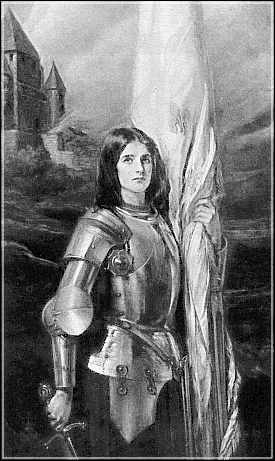Our own country has yet to elect a female president, but over three thousand years ago the Egyptian empire, one of the most powerful forces at the time, was ruled by a woman. Over the centuries, there were a number of female pharaohs, but Hatshepsut had the most successful rule of them all. Daughter of Thutmose I and married to Thutmose II, Hatshepsut became regent after her husband died. Thutmose’s son of another wife, Thutmose III, was supposed to take over as pharaoh when he grew older, but Hatshepsut declared herself pharaoh in 1473 BC. With the support of the important religious and political leaders and the people, she acted as pharaoh until 1458 BC.
Determined, brave and smart, Hatshepsut was a remarkable woman of the time. In order to maintain her standing the respect she received, Hatshepsut dressed as a male pharaoh, was called his majesty and wanted to be treated like a male. More than rejecting her sex and feminism, Hatshepsut was striving for equality and dignity which she achieved by being an extremely prosperous leader.
During her reign Hatshepsut maintained an era of peace and prosperity. By opening new trade routes, she increased the wealth in the region tremendously and caused innovations in architecture. The few military engagements that did occur during her rule were successful and lauded by the Egyptian people.
Under a cloud of mystery, the thrown eventually did pass to Thutmose III. The nature of the transfer is unknown as Hatshepsut disappeared from records in 1458. It may have been a hostile take over, or Hatshepsut may have died. After Thutmose III became ruler he literally wiped away Hatshepsut from the records, having her name, image and accomplishments chiseled off of walls, tablets and other records. Hatshepsut was literally written out of history but luckily enough information about her was preserved that people today know who she is.
This female pharaoh proved herself as a courageous, strong and good leader who was loved by her people. She survived being wiped out from history and deserves recognition today. Knowing this history may hopefully also influence the future. In the past our world has been lead by a number of powerful and great leaders including Hatshepsut who have proven their ability. If these women could have led empires thousands of years ago, the idea of a women leading our country as President should not be a radical idea.










